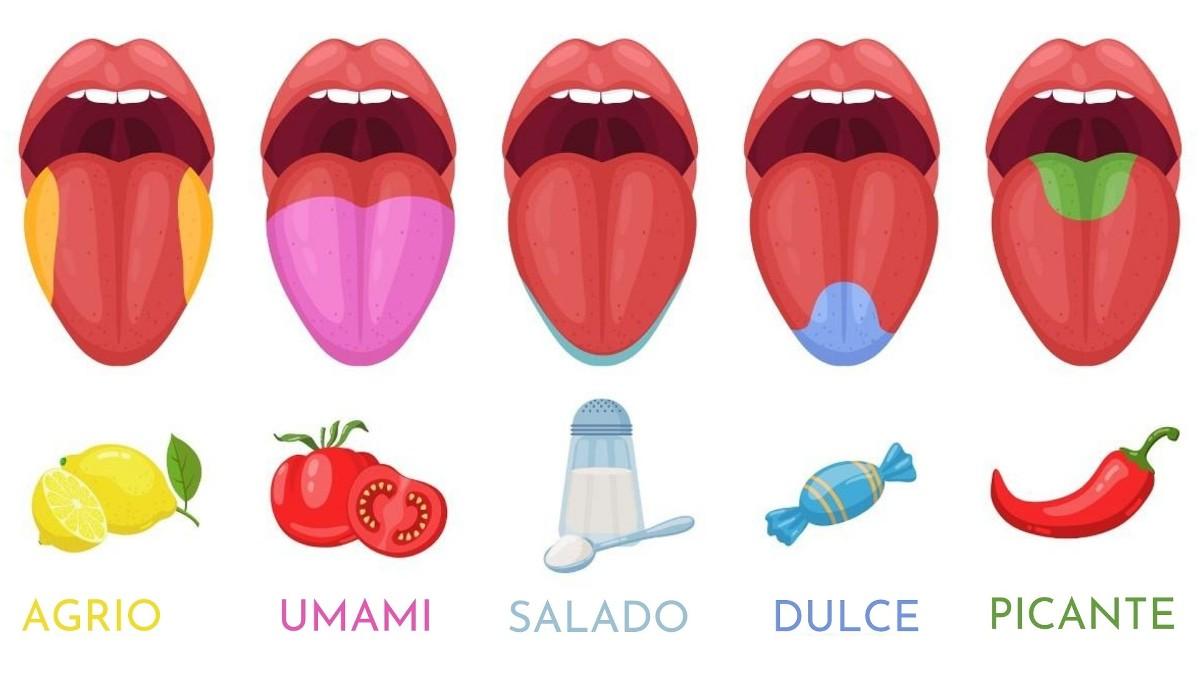AI-Generated Content
This article has been created using advanced AI technology to provide you with informative and engaging content.
AI-Curated Resources:
Have you ever thought about how some flavors just stick with you, even when they're not around anymore? So, there's this particular taste that people still talk about, a kind of American beer, which, you know, had its moment in the sun. It's a tale of a brew that, in some respects, left a pretty distinct mark on folks who enjoyed a cold one, especially those who remembered its earlier versions. This taste, often associated with a classic American lager, has a way of lingering in the collective memory of those who appreciate the simpler, more straightforward styles of drinks. It's almost like a quiet echo of past gatherings, past moments of relaxation, and past choices made at the store. The idea of a specific "gusto bread" flavor, though perhaps not literally bread, points to a certain richness and satisfying quality that some beverages carry, a quality that makes them memorable for people. It's very much about the experience it offered, a simple yet deep enjoyment that resonated with many, even if only for a time. The way these things work, you find that some tastes just have a particular staying power, more so than others, and this "gusto bread" appears to be one of those, at least for some who recall it.
This beverage, sometimes known as "gusto bread" in a fun, playful way, was a specific kind of lager. It came from a well-known brewing company located down in San Antonio, Texas. People had a lot to say about it, too; there were hundreds and hundreds of opinions and scores given by those who tried it. It's almost like a little piece of history, if you think about it, a beverage that played its part in the vast story of American brewing. The fact that so many individuals took the time to share their thoughts and give it a score really shows that it made an impression, for better or worse, on the people who consumed it. This kind of feedback, in a way, paints a picture of its presence in the market, letting us see how it was received by the public. It's a common thing for drinks to get this kind of attention, but the sheer volume of responses for this particular "gusto bread" variant suggests it was more than just another bottle on the shelf. It had a certain reach, a certain presence that made people want to talk about it, which, honestly, is a good sign for any product, even one that might not be around anymore.
Its existence, and then its eventual disappearance from the shelves, tells a bit of a story about how tastes change and how brewing companies, like the one connected to this "gusto bread," sometimes have to make tough choices about what to keep making. It's a rather interesting look at the ebb and flow of popular drinks, you know, how some things gain favor and then, over time, perhaps fade away. This cycle is pretty common in the world of beverages, where new ideas come up and older ones might step aside. The decision to pull a product, especially one that had some history or recognition, is rarely an easy one for a company. It usually involves a lot of consideration about what people are buying now, what trends are happening, and what makes sense for the future. So, the story of "gusto bread" is also, in a sense, a story about the changing preferences of those who enjoy a drink, and the ongoing efforts of companies to keep up with those shifts. It’s a reflection of the dynamic nature of the market, where what’s popular today might not be tomorrow, and that’s just how things tend to be.
Table of Contents
Where Did This Gusto Bread Come From?
The Flavor Profile of Gusto Bread
- Td Jakes Net Worth
- Keith Richards Net Worth
- David And Rebecca Muir Wedding
- Project X Party True Story
- Why Is Police Called 12
How Did People Feel About Gusto Bread?
A Look at the Lager Style of Gusto Bread
Why Did Gusto Bread Disappear?
Other Beers and Their Place Near Gusto Bread
The Legacy of Gusto Bread Today
What Is Gusto Bread, Really?
So, when we talk about "gusto bread," we're actually talking about a particular kind of beer, a specific variant that was once part of a larger family of drinks. It's not, you know, something you'd spread butter on, but rather a playful way to refer to a beer that had a certain kind of character, a certain zest, if you will. This "gusto bread" is connected to Schlitz, a name that has been around for a long time in the world of American brewing. It falls into the category of an American adjunct lager, which is a style that has a pretty significant presence in the history of beer in this country. These types of lagers are often known for being easy to drink, for being widely available, and for having a taste that many people find approachable. The "gusto" part of its name suggests a certain vigor, a spirited quality that the brewers perhaps hoped would stand out. It's a rather common thing for companies to give their products names that evoke a feeling or a particular experience, and "gusto" certainly does that. This specific "gusto bread" version was, in a way, a part of a larger effort by its maker to introduce new options to the market, to keep things fresh for those who enjoyed their products. It represents a moment in time for a brewing company that was, and still is, a big player in the industry, trying to find what would resonate with drinkers. It's a reminder that even well-established brands are always looking for ways to keep their offerings interesting and relevant to the people who buy them, and that's just how the market works.
Where Did This Gusto Bread Come From?
This particular "gusto bread" had its origins with the Pabst Brewing Company, a name that many people recognize when thinking about American beers. They are, you know, a company with a long history, and their operations spread across different places. For this "gusto bread," the brewing took place in San Antonio, Texas. This location, San Antonio, is a city with its own unique flavor and history, and it has played a role in the broader story of brewing in the United States. The idea of a beer coming from a specific place often gives it a certain identity, a sense of belonging to that area. It's almost like the character of the city itself might, in some subtle way, influence the character of the brew. Pabst, as a company, has seen many changes over the years, including shifts in ownership and decisions about which brands to focus on. They are known for managing a collection of different beer names, some of which have been around for generations. So, this "gusto bread" was part of that larger collection, a specific offering from a company that has a wide reach in the beverage industry. It's pretty common for big brewing companies to have operations in different parts of the country, allowing them to distribute their products more easily and to tap into local resources. The San Antonio connection for this "gusto bread" is just one example of how a large company operates across a big country, bringing its products to various communities. It's a reflection of the logistics involved in getting a drink from the brewery to the people who want to enjoy it, which, honestly, is quite a process when you think about it.
The Flavor Profile of Gusto Bread
When it comes to the specific taste of "gusto bread," the information we have is, in a way, a bit limited. The text provided doesn't really go into detail about its unique flavor notes, like whether it had hints of fruit or a particular kind of bitterness. This is, you know, something that can happen when you're looking back at products that were perhaps introduced and then, for various reasons, didn't stay on the market for a very long time. However, we do know it was an American adjunct lager. This style, generally speaking, tends to be characterized by a certain kind of lightness and a clean finish. They are often brewed to be refreshing and easy to drink, without a lot of heavy or complex tastes that might, you know, challenge the palate too much. They often use ingredients like corn or rice in addition to barley, which can contribute to that lighter body and crisper taste. So, while we can't say exactly what "gusto bread" tasted like in terms of specific aromas or sensations, we can infer a bit about its general character based on its style. It was probably a beer that aimed for broad appeal, something that many people could enjoy without much fuss. It's a common goal for beers in this category, to be widely accessible and enjoyable for a large audience. The absence of specific taste descriptions for "gusto bread" in the available information means we rely more on the general characteristics of its beer style. It's a reminder that not every detail of every product's past is always fully recorded, or at least, not always widely shared, which, you know, is just how things sometimes are with older products. So, its taste remains, in some respects, a matter of general classification rather than specific detail.
How Did People Feel About Gusto Bread?
People definitely had opinions about "gusto bread," and these opinions were recorded in the form of ratings and reviews. We see different sets of numbers associated with Schlitz, which "gusto bread" is a part of. For instance, one version of Schlitz, perhaps the classic 1960s formula, received a score of 81 from a group of 582 ratings and reviews. Then, another mention of Schlitz, also an American adjunct lager from Pabst in San Antonio, shows a score of 68 with 797 ratings and reviews. This difference in scores, from an 81 to a 68, with varying numbers of people weighing in, tells us a few things. It suggests that, you know, public perception can shift, or that different versions of a product can be received in different ways. A score of 81, with over five hundred people giving their thoughts, indicates a pretty favorable reception, suggesting that many found it to be a good drink. On the other hand, a score of 68, even with a larger number of reviews, close to eight hundred, points to a more mixed or perhaps less enthusiastic response. It’s almost
AI-Enhanced Visual Content


